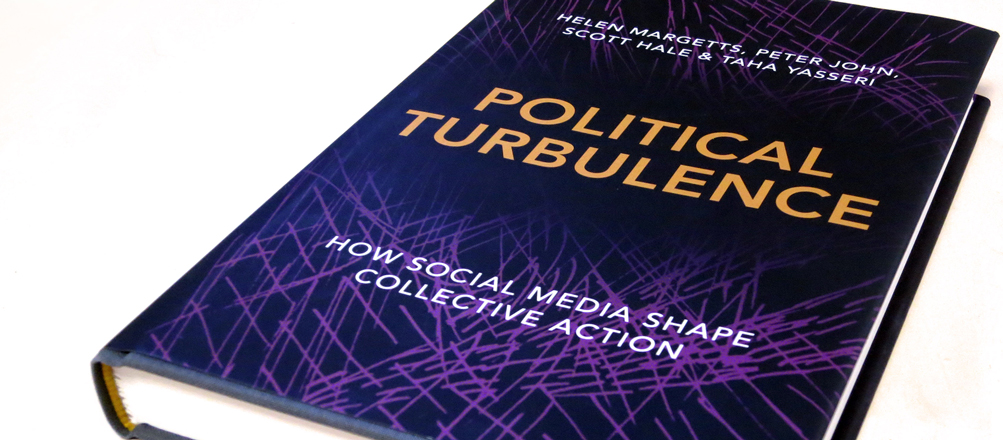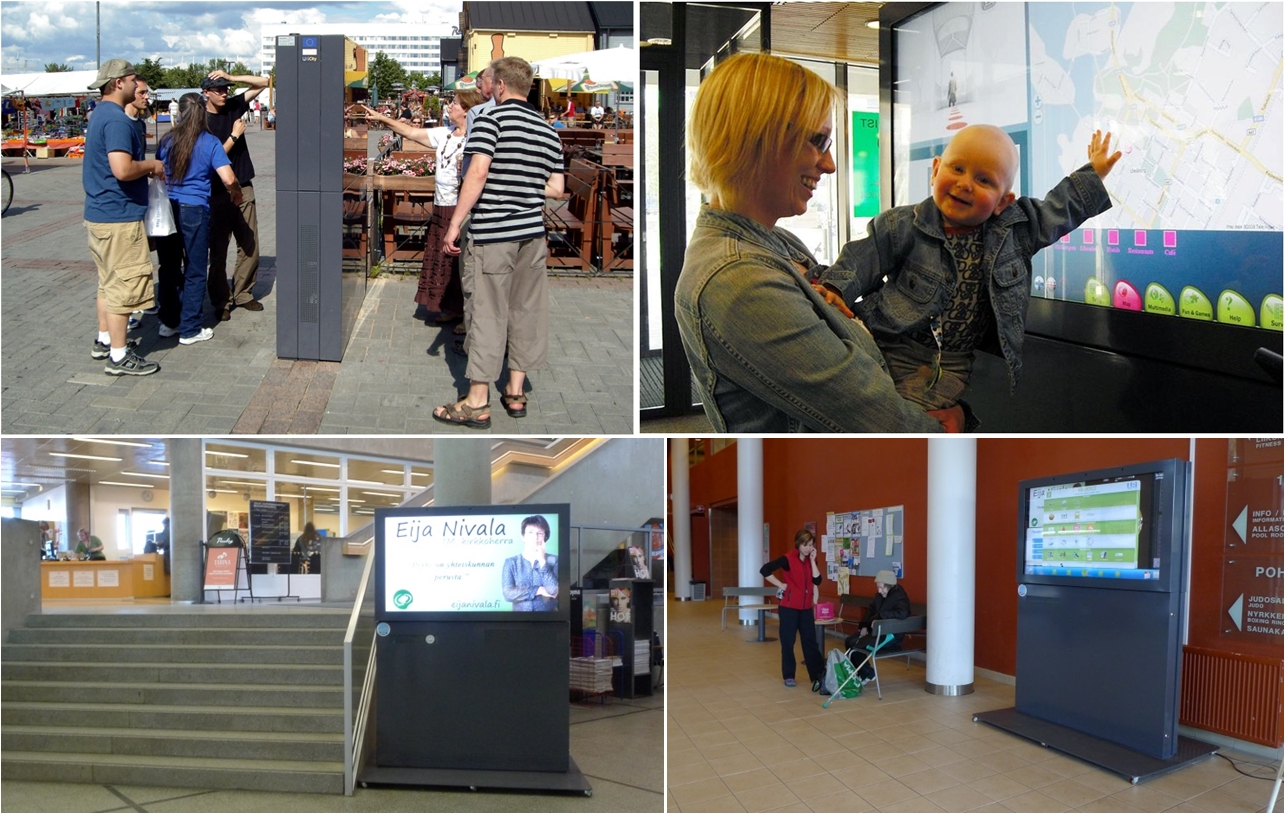
There is much discussion about a perceived “legitimacy crisis” in democracy. In his article The Rise of the Mediating Citizen: Time, Space, and Citizenship in the Crowdsourcing of Finnish Legislation, Taneli Heikka (University of Jyväskylä) discusses the digitally crowdsourced law for same-sex marriage that was passed in Finland in 2014, analysing how the campaign used new digital tools and created practices that affect democratic citizenship and power making.
Ed: There is much discussion about a perceived “legitimacy crisis” in democracy. For example, less than half of the Finnish electorate under 40 choose to vote. In your article you argue that Finland’s 2012 Citizens’ Initiative Act aimed to address this problem by allowing for the crowdsourcing of ideas for new legislation. How common is this idea? (And indeed, how successful?)
Taneli: The idea that digital participation could counter the “legitimacy crisis” is a fairly common one. Digital utopians have nurtured that idea from the early years of the internet, and have often been disappointed. A couple of things stand out in the Finnish experiment that make it worth a closer look.
First, the digital crowdsourcing system with strong digital identification is a reliable and potentially viral campaigning tool. Most civic initiative systems I have encountered rely on manual or otherwise cumbersome, and less reliable, signature collection methods.
Second, in the Finnish model, initiatives that break the threshold of 50,000 names must be treated in the Parliament equally to an initiative from a group of MPs. This gives the initiative constitutional and political weight.
Ed: The Act led to the passage of Finland’s first equal marriage law in 2014. In this case, online platforms were created for collecting signatures as well as drafting legislation. An NGO created a well-used platform, but it subsequently had to shut it down because it couldn’t afford the electronic signature system. Crowds are great, but not a silver bullet if something as prosaic as authentication is impossible. Where should the balance lie between NGOs and centrally funded services, i.e. government?
Taneli: The crucial thing in the success of a civic initiative system is whether it gives the people real power. This question is decided by the legal framework and constitutional basis of the initiative system. So, governments have a very important role in this early stage – designing a law for truly effective citizen initiatives.
When a framework for power-making is in place, service providers will emerge. Should the providers be public, private or third sector entities? I think that is defined by local political culture and history.
In the United States, the civic technology field is heavily funded by philanthropic foundations. There is an urge to make these tools commercially viable, though no one seems to have figured out the business model. In Europe there’s less philanthropic money, and in my experience experiments are more often government funded.
Both models have their pros and cons, but I’d like to see the two continents learning more from each other. American digital civic activists tell me enviously that the radically empowering Finnish model with a government-run service for crowdsourcing for law would be impossible in the US. In Europe, civic technologists say they wish they had the big foundations that Americans have.
Ed: But realistically, how useful is the input of non-lawyers in (technical) legislation drafting? And is there a critical threshold of people necessary to draft legislation?
Taneli: I believe that input is valuable from anyone who cares to invest some time in learning an issue. That said, having lawyers in the campaign team really helps. Writing legislation is a special skill. It’s a pity that the co-creation features in Finland’s Open Ministry website were shut down due to a lack of funding. In that model, help from lawyers could have been made more accessible for all campaign teams.
In terms of numbers, I don’t think the size of the group is an issue either way. A small group of skilled and committed people can do a lot in the drafting phase.
Ed: But can the drafting process become rather burdensome for contributors, given professional legislators will likely heavily rework, or even scrap, the text?
Taneli: Professional legislators will most likely rework the draft, and that is exactly what they are supposed to do. Initiating an idea, working on a draft, and collecting support for it are just phases in a complex process that continues in the parliament after the threshold of 50,000 signatures is reached. A well-written draft will make the legislators’ job easier, but it won’t replace them.
Ed: Do you think there’s a danger that crowdsourcing legislation might just end up reflecting the societal concerns of the web-savvy – or of campaigning and lobbying groups
Taneli: That’s certainly a risk, but so far there is little evidence of it happening. The only initiative passed so far in Finland – the Equal Marriage Act – was supported by the majority of Finns and by the majority of political parties, too. The initiative system was used to bypass a political gridlock. The handful of initiatives that have reached the 50,000 signatures threshold and entered parliamentary proceedings represent a healthy variety of issues in the fields of education, crime and punishment, and health care. Most initiatives seem to echo the viewpoint of the ‘ordinary people’ instead of lobbies or traditional political and business interest groups.
Ed: You state in your article that the real-time nature of digital crowdsourcing appeals to a generation that likes and dislikes quickly; a generation that inhabits “the space of flows”. Is this a potential source of instability or chaos? And how can this rapid turnover of attention be harnessed efficiently so as to usefully contribute to a stable and democratic society?
Taneli: The Citizens’ Initiative Act in Finland is one fairly successful model to look at in terms of balancing stability and disruptive change. It is a radical law in its potential to empower the individual and affect real power-making. But it is by no means a shortcut to ‘legislation by a digital mob’, or anything of that sort. While the digital campaigning phase can be an explosive expression of the power of the people in the ‘time and space of flows’, the elected representatives retain the final say. Passing a law is still a tedious process, and often for good reasons.
Ed: You also write about the emergence of the “mediating citizen” – what do you mean by this?
Taneli: The starting point for developing the idea of the mediating citizen is Lance Bennett’s AC/DC theory, i.e. the dichotomy of the actualising and the dutiful citizen. The dutiful citizen is the traditional form of democratic citizenship – it values voting, following the mass media, and political parties. The actualising citizen, on the other hand, finds voting and parties less appealing, and prefers more flexible and individualised forms of political action, such as ad hoc campaigns and the use of interactive technology.
I find these models accurate but was not able to place in this duality the emerging typologies of civic action I observed in the Finnish case. What we see is understanding and respect for parliamentary institutions and their power, but also strong faith in one’s skills and capability to improve the system in creative, technologically savvy ways. I used the concept of the mediating citizen to describe an actor who is able to move between the previous typologies, mediating between them. In the Finnish example, creative tools were developed to feed initiatives in the traditional power-making system of the parliament.
Ed: Do you think Finland’s Citizens Initiative Act is a model for other governments to follow when addressing concerns about “democratic legitimacy”?
Taneli: It is an interesting model to look at. But unfortunately the ‘legitimacy crisis’ is probably too complex a problem to be solved by a single participation tool. What I’d really like to see is a wave of experimentation, both on-line and off-line, as well as cross-border learning from each other. And is that not what happened when the representative model spread, too?
Read the full article: Heikka, T., (2015) The Rise of the Mediating Citizen: Time, Space, and Citizenship in the Crowdsourcing of Finnish Legislation. Policy and Internet 7 (3) 268–291.
Taneli Heikka is a journalist, author, entrepreneur, and PhD student based in Washington.
Taneli Heikka was talking to Blog Editor Pamina Smith.









